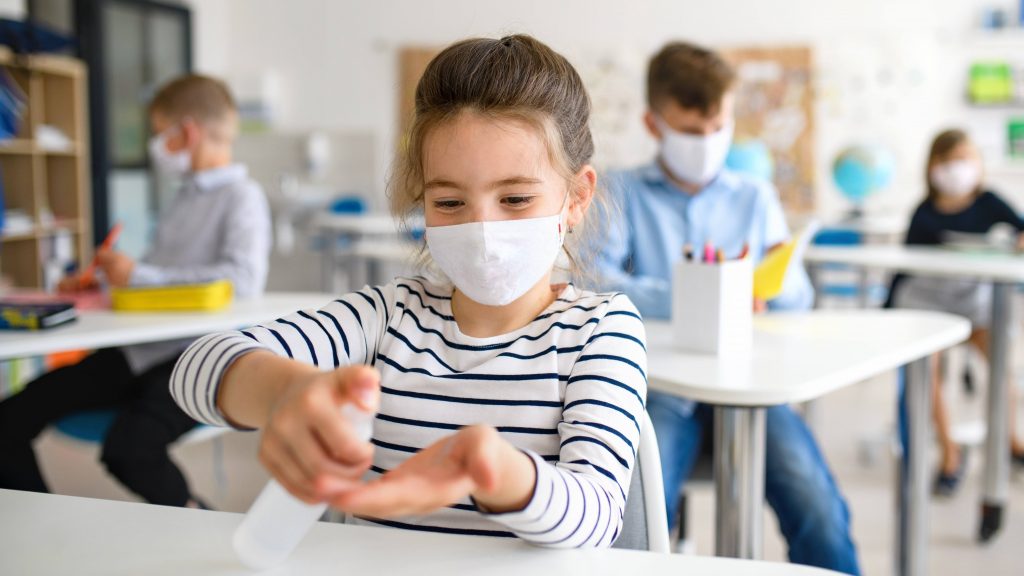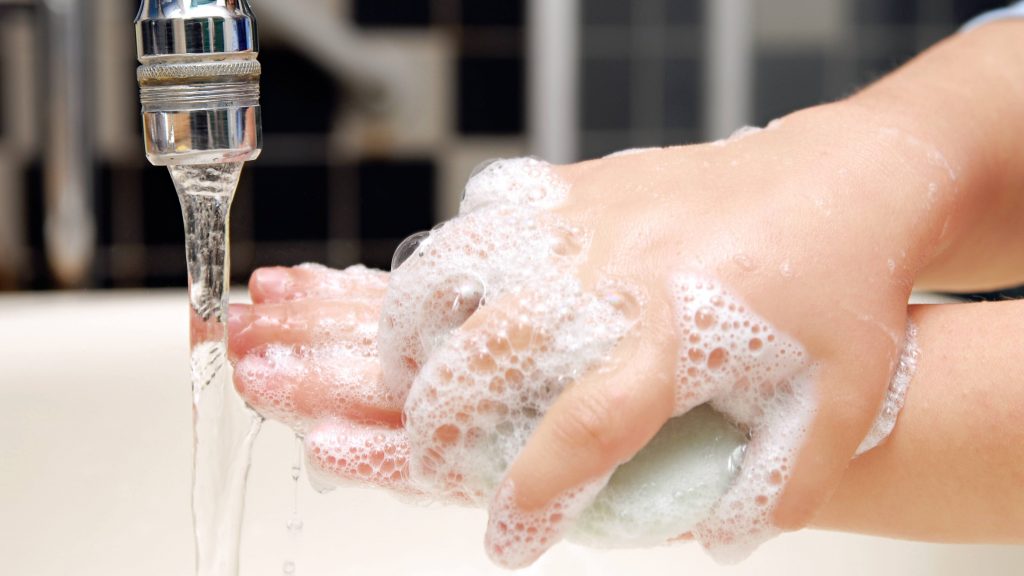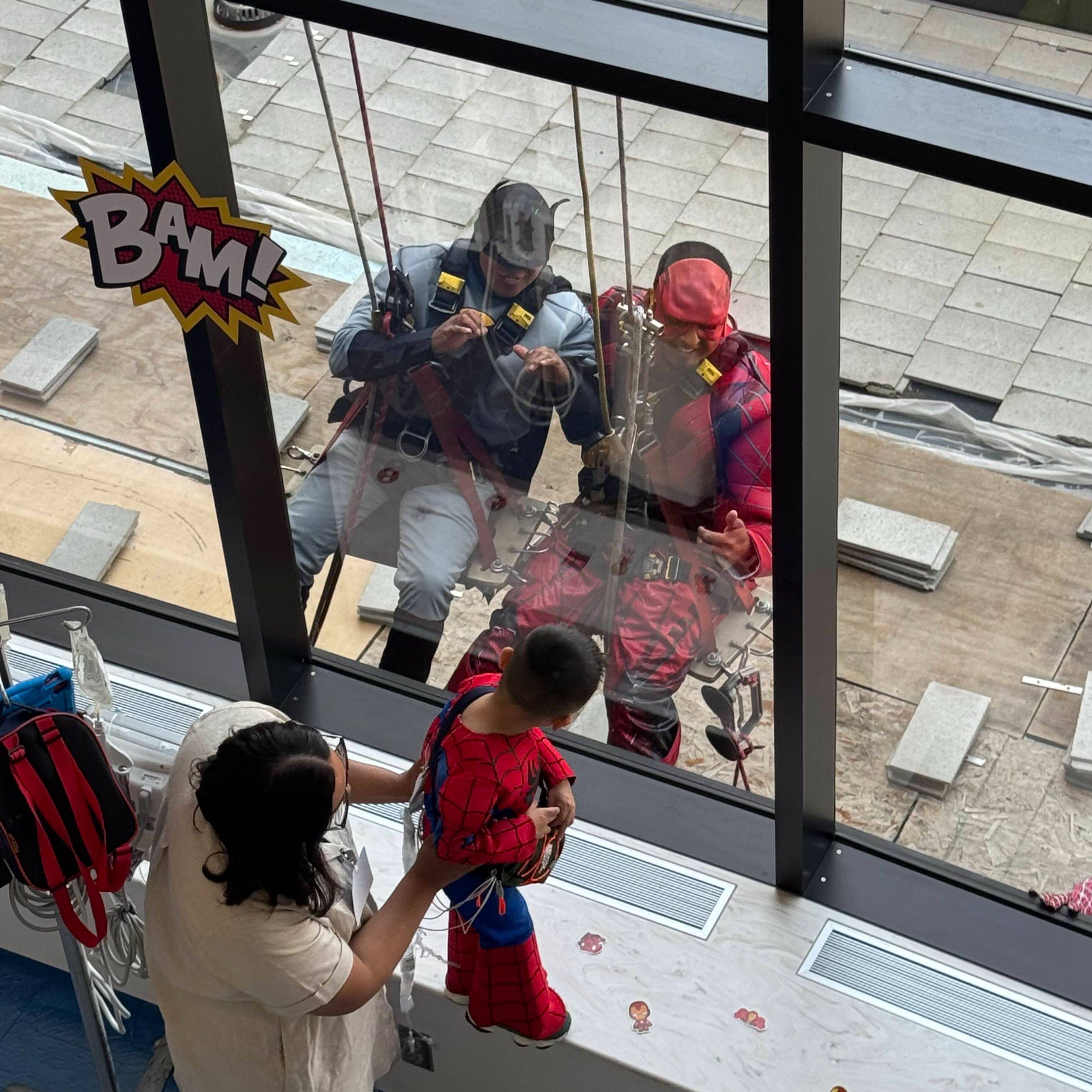
Returning to school has taken on new meaning and a new set of worries for parents and caregivers during the age of coronavirus disease 2019 (COVID-19). As schools reopen, they must balance the educational, social and emotional needs of their students along with the health and safety of students and staff in the midst of the evolving COVID-19 pandemic.
The decision on what the new school year will look like will likely be made on the local level by school boards and government officials. Overall, schools will largely choose from one of three options for opening the new school year:
- Distance learning. All instruction is done remotely in this model using technology and other tools.
- In-person schooling. This model is similar to traditional schooling with enhanced health and safety precautions and procedures.
- Hybrid schooling. This model includes elements of both distance and in-person schooling.
Being prepared for a variety of schooling environments can empower you and your child and reduce anxiety. In each case, there are steps you can take to reduce the risks of COVID-19, help your child feel safe and make informed decisions during the COVID-19 pandemic.
Related information:
Head back-to-school with 4 Be’s for mental health
Complete your COVID-19 back-to-school checklist
Practice safe distancing
Social distancing, or physical distancing, is the practice of allowing enough space between individuals to reduce the spread of disease. During the COVID-19 pandemic, the Centers for Disease Control and Prevention (CDC) and World Health Organization (WHO) recommend keeping at least 6 feet (2 meters) of space between yourself and people outside your household to meet these goals.
But that might not be practical in some schools or with younger children. The American Academy of Pediatrics (AAP) says following strict physical distancing can conflict with ideal academic, social and emotional learning standards. It's also not clear how easily COVID-19 spreads among children.
Steps to encourage social distancing during in-person schooling may include:
- Eliminating lockers or grouping them by student groups, or cohorts
- Creating one-way traffic in school hallways
- Using outdoor spaces when possible for instruction, meals and recess
- Reducing the number of children on school buses
- Spacing desks out and having them all face in the same direction
- Using physical barriers, such as plexiglass shields and partitions, to separate educators and students
- Dividing students up into distinct groups or cohorts that stay together during the school day and reducing interaction between different groups
Weighing the risks and benefits of in-person schooling for children may mean different levels of social distancing based on the child's age and developmental stage. For example, the AAP recommends allowing interactive play for preschoolers while encouraging cohorting of students and face coverings for older children.

Wear a mask
The CDC and WHO recommend wearing cloth face masks in public places where it's difficult to avoid close contact with others, and schools are no exception. This advice is based on data showing that people with COVID-19 can transmit the virus before realizing that they have it.
If your child's school requires or encourages the use of cloth face masks, consider these tips:
- Wearing cloth face masks should be a priority especially when it's hard to maintain social distance, such as on the bus, at carpool drop-off or pickup, and when entering the building.
- Have multiple cloth face masks available for your child. Provide your child with a clean mask and back-up mask each day and a clean, resealable bag for them to store the mask when they can't wear it, such as at lunch.
- Label your child's mask clearly so it's not confused with another child's.
- Practice properly putting on and taking off cloth face masks with your child while avoiding touching the cloth portions.
- Remind your child that they should clean their hands before and after touching their mask.
- Instruct your child to never share or trade masks with others.
- Talk to your child about the importance of wearing a face mask and model wearing them as a family.
- Discuss with your child why some people may not be able to wear face masks for medical reasons.
Don't place a face mask on a child younger than age 2, a child who has any breathing problems, or a child who has a condition that would prevent him or her from being able to remove the mask without help.

Keep hands clean
Practice hand-washing at home with your child and explain why it's important to wash his or her hands with soap and water for at least 20 seconds, especially before and after eating, coughing/sneezing, or adjusting a face mask. To prevent rushing, suggest washing hands for as long as it takes to sing the "Happy Birthday" song twice. When hand-washing isn't available, suggest that your child use an alcohol-based hand sanitizer that contains at least 60% alcohol. Also, explain that he or she should avoid touching his or her eyes, nose, and mouth.
Schools should encourage routines that encourage frequent hand-washing and following good hand hygiene practices, such as asking children to cover their mouths and noses with their elbows or tissues when they cough or sneeze and then washing their hands.
If your child attends in-person schooling, develop daily routines before and after school that foster healthy habits, such as packing a back-up face mask and hand sanitizer in the morning and washing their hands as soon as they come home.
Clean and disinfect
Whether your child is being schooled at home or at school, cleaning and disinfecting frequently touched surfaces can help reduce the risk of illness. This includes frequently touched items such as doorknobs, faucets, keyboards, tablets and phones.
Stay home if sick
You should monitor your child each day for signs of COVID-19. These include:
- Fever
- Runny nose
- Cough
- Fatigue
- Muscle aches
- Vomiting
- Diarrhea
Some schools may recommend daily temperature readings as a part of COVID-19 symptom screening. But since many of these symptoms overlap with other conditions, such as the common cold, allergies and influenza, the effectiveness of this screening can be limited.
To limit the spread of COVID-19 as well as other germs, children should stay home from school and other activities if they have any signs of illness or a fever. Contact your health care provider if you have questions.
Don't skip vaccinations
Whether classes are happening at school or at home, make sure your child is up to date with all recommended vaccines. All school-aged children should get a flu shot each season. Although the flu shot does not protect against COVID-19, it can reduce the risk of the flu and its complications. It's another layer of defense to help prevent missed school days.
What to do if your child is exposed to COVID-19
If your child will be attending in-person school, take steps to be prepared for possible exposure to COVID-19 and changing scenarios.
- Develop a plan to protect family and household members who are at risk of severe illness, such as those with compromised immune systems or chronic conditions.
- Make sure that your emergency contact information and school pickup and drop-off information is current at school. If that list includes anyone who is at risk of illness, consider adding an alternate contact.
- Find out how your school will communicate with families when a positive case or exposure to someone with COVID-19 happens and how they plan to maintain student privacy.
- Plan ahead for periods of quarantine or school closures. Schools may close if COVID-19 is spreading more in your community or if multiple children or staff test positive. Your child may also need to stay home if he or she is exposed to a close contact with COVID-19.
Following these steps can help parents and caregivers be assured that their child is as safe as possible during the COVID-19 pandemic. For more information on what measures your local schools are taking to reduce the risk of illness, check with your local school district or health agency.
This article is written by Mayo Clinic Staff. Find more health and medical information on mayoclinic.org.
Information in this post was accurate at the time of its posting. Due to the fluid nature of the COVID-19 pandemic, scientific understanding, along with guidelines and recommendations, may have changed since the original publication date.
Check the Centers for Disease Control and Prevention website for additional updates on COVID-19. For more information and all your COVID-19 coverage, go to the Mayo Clinic News Network and mayoclinic.org.
Related Articles







